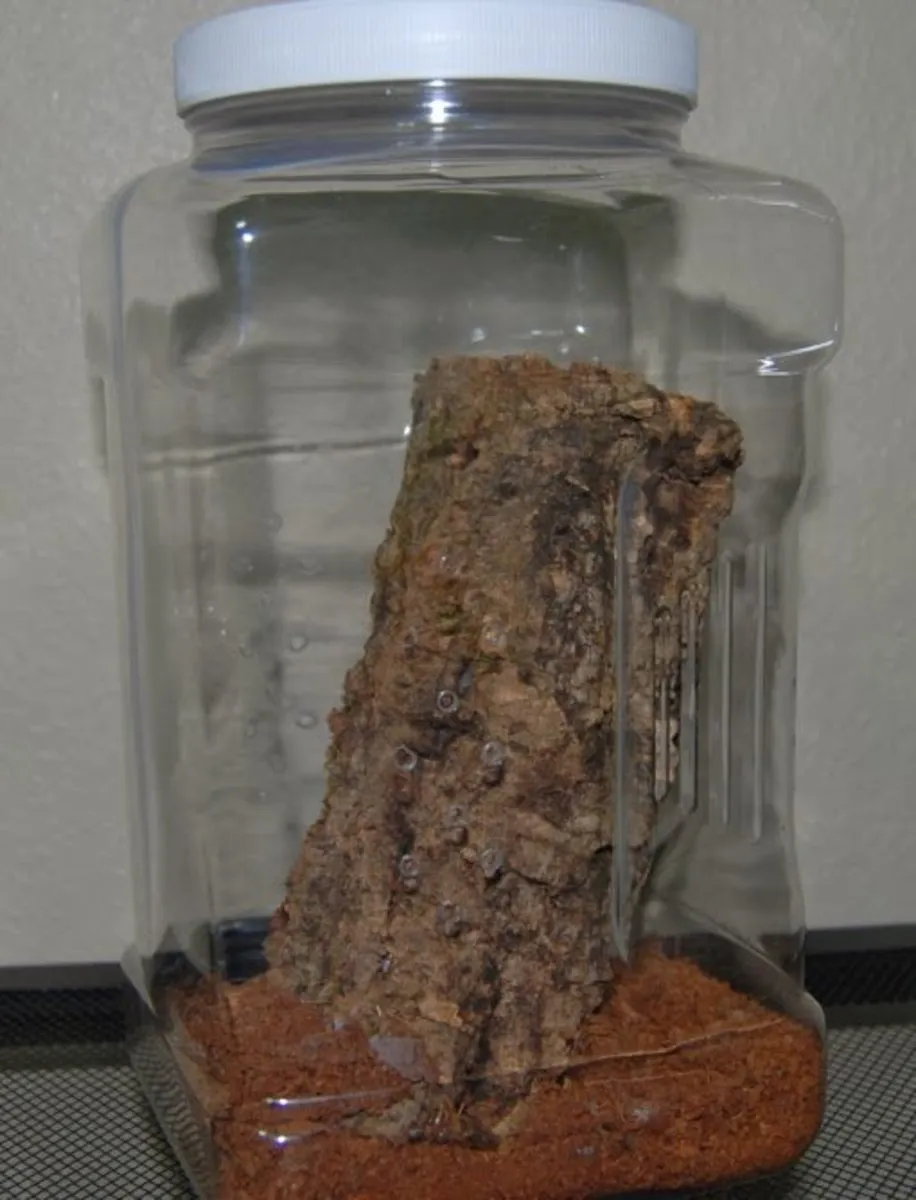Choosing the Right Tank Size for Your Tarantula
Creating a comfortable and safe home for your tarantula is the cornerstone of responsible pet ownership. The size of your tarantula tank plays a pivotal role in its well-being, affecting everything from its ability to move around freely to its overall health and happiness. A tank that’s too small can lead to stress and inhibit your tarantula’s natural behaviors, while a tank that’s too large can make it difficult for your spider to find food and feel secure. This guide will walk you through the process of selecting the perfect tank size to ensure your eight-legged friend thrives.
Tank Size Recommendations for Different Tarantula Species
The ideal tank size varies significantly depending on the species of tarantula you own. For terrestrial species, which spend most of their time on the ground, a tank that is wider than it is tall is generally preferred. As a general rule, the width of the tank should be approximately two to three times the tarantula’s leg span. For arboreal species, which are adapted to living in trees, a taller tank is recommended to accommodate their climbing behavior. Always research the specific requirements for your tarantula’s species before making your final decision. The size of the tarantula also determines the size of the tank, as a juvenile will need a smaller enclosure than an adult.
Factors to Consider When Selecting a Tank
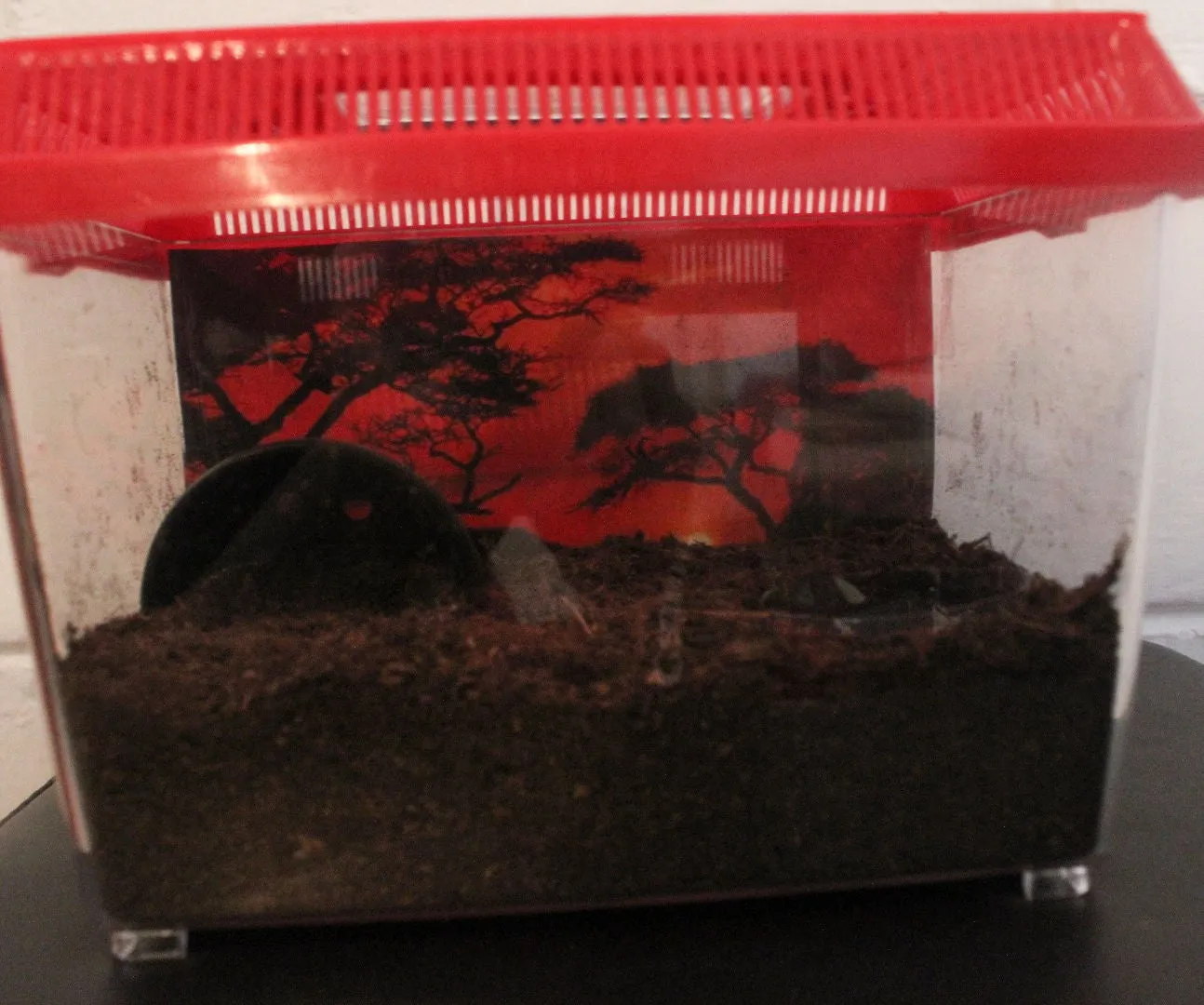
Beyond species, consider the tarantula’s size and growth rate when selecting a tank. Always plan for your tarantula’s future size. It’s better to start with a slightly larger tank than to have to upgrade frequently. Material is also important; glass or acrylic tanks are ideal because they offer good visibility and are easy to clean. Ventilation is critical; tanks should have a well-ventilated lid to ensure proper airflow and prevent the buildup of harmful gases. A secure lid is also essential to prevent escapes. Remember to place the tank in a stable environment away from direct sunlight and drafts.
Essential Materials for Your Tarantula Tank
Once you’ve selected the right tank size, you’ll need to gather the necessary materials to create a suitable habitat. These materials collectively create the environment your tarantula will thrive in. From substrate and decorations to water dishes and heating elements, each item plays a crucial role in providing a healthy and enriching environment. Preparing these materials with care guarantees a thriving environment for your pet spider.
Substrate Options and Their Benefits
The substrate is the bedding material that covers the bottom of your tarantula’s tank. It serves multiple purposes, including providing a surface for the tarantula to walk on, absorbing moisture, and offering a place for burrowing. Popular substrate options include coconut fiber (eco-earth), peat moss, and a combination of vermiculite and potting soil. Coconut fiber is a widely favored choice due to its excellent moisture-retention capabilities and natural appearance. Peat moss is another good option; however, it can be very acidic. Be sure the substrate you select is free of pesticides or harmful chemicals that could be toxic to your tarantula. The depth of the substrate should allow for burrowing, especially for terrestrial species.
The Importance of Hiding Spots and Decor
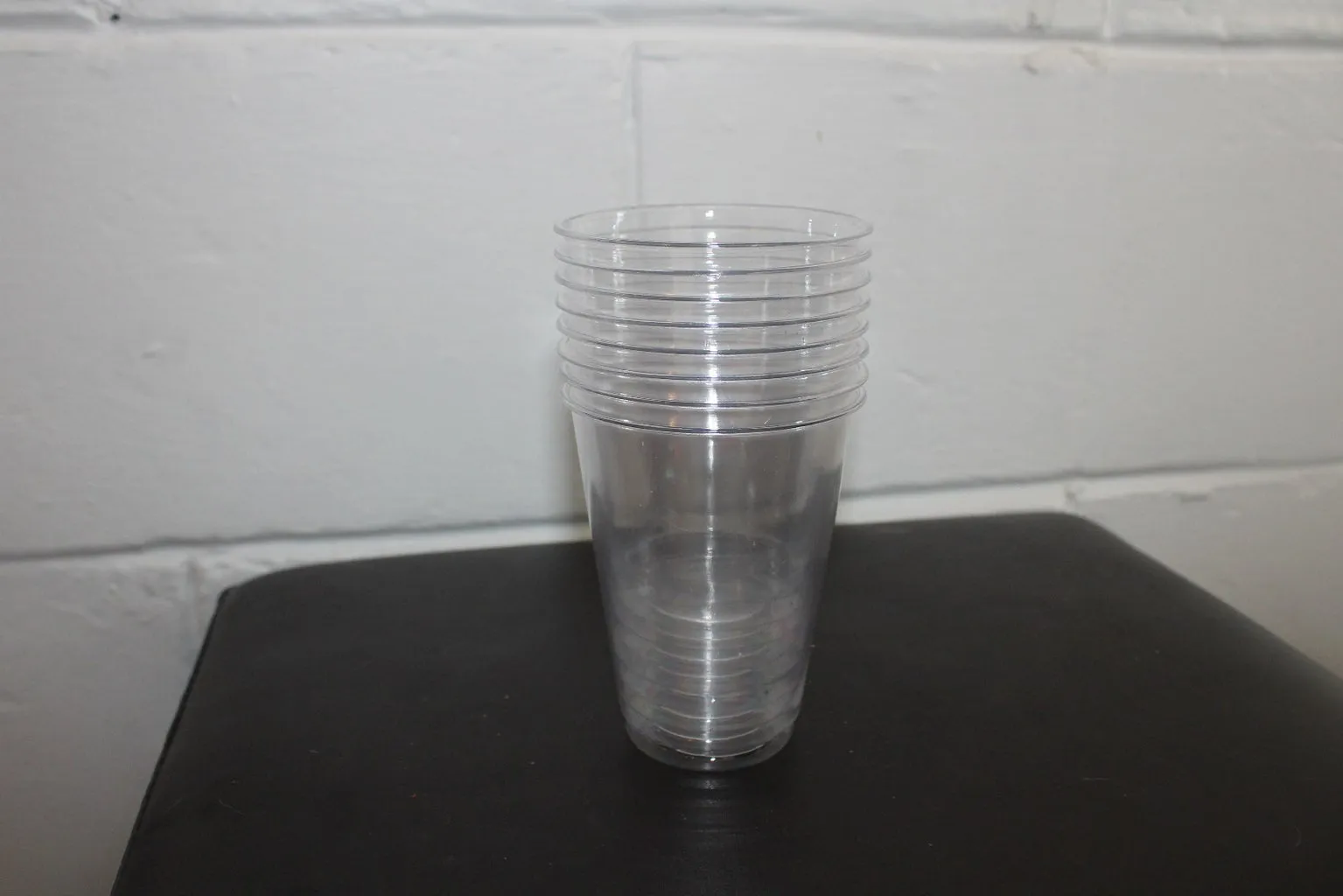
Tarantulas are naturally secretive creatures that appreciate having a safe place to hide. Hiding spots reduce stress and allow them to feel secure. Include a hide, such as a piece of cork bark, a half log, or a commercial hide specifically designed for tarantulas. Decor can also add visual interest and enrichment to the tank. Artificial plants and branches can be used to create a more natural environment and provide climbing opportunities. Avoid sharp or rough decorations that could potentially injure your tarantula. Ensure all decorations are stable and won’t fall and injure the tarantula.
Water and Humidity Control for Your Tarantula
Maintaining proper humidity levels is crucial for your tarantula’s health. The humidity requirements vary depending on the species, but most tarantulas thrive in a moderately humid environment. Humidity plays a vital role in the molting process, helping your tarantula shed its exoskeleton successfully. Besides, water is essential for tarantulas to remain hydrated and healthy. This section will provide instructions on how to create the proper water and humidity control for your tarantula.
Proper Ventilation Techniques
Ventilation is the key to prevent mold and bacteria in the tank. Your tarantula’s tank needs adequate ventilation to prevent the buildup of stale air and harmful gases. This is typically achieved through a screened lid or a series of ventilation holes. The design of the ventilation system should allow for good airflow without compromising humidity levels. Avoid placing the tank in areas with excessive drafts, which can dry out the enclosure. Proper ventilation also helps maintain the correct temperature, which is essential for your tarantula’s health.
Methods for Maintaining Humidity Levels
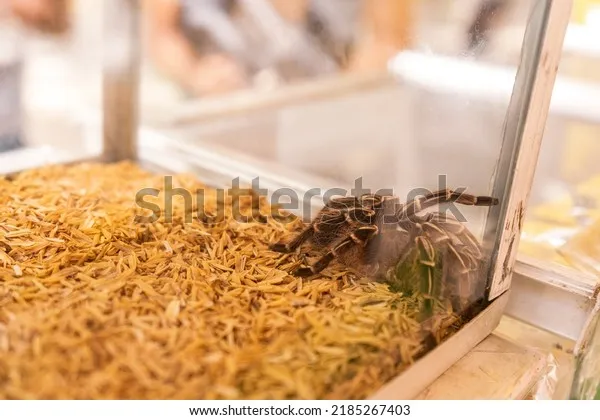
Monitor humidity levels with a hygrometer. Regular misting with dechlorinated water can help raise humidity levels. Be careful not to over-mist; excessive moisture can lead to mold growth. The type of substrate also affects humidity levels. For drier species, a shallow water dish may suffice, while tropical species may require more frequent misting. Ensure the tank’s environment mirrors your tarantula’s natural habitat. This is another key step toward maintaining a healthy tarantula.
Setting Up Your Tarantula Tank Step-by-Step
Building a tarantula tank is not a difficult task, and with a little planning, you can create a comfortable and safe environment for your new pet. Ensure that all the materials are safe for your tarantula and that the setup mimics the tarantula’s natural habitat.
Step 1 Adding the Substrate
Begin by adding the substrate to the tank. The depth of the substrate will depend on the species and its burrowing behavior. Generally, a depth of 2-6 inches is sufficient. Spread the substrate evenly across the bottom of the tank. Make sure to moisten the substrate slightly, especially if using coconut fiber, to help maintain humidity levels. Avoid over-saturating the substrate; a damp environment is best.
Step 2 Incorporating Hiding Spots and Decor

Next, add hiding spots and decorations. Place the hide, such as a piece of cork bark or a half log, in a corner of the tank or against the side. Arrange the decorations to create a natural and visually appealing environment. Ensure there’s enough space for the tarantula to move around without obstruction. Avoid any decorations with sharp edges or points. Consider the tarantula’s preference for terrestrial versus arboreal environments when selecting decorations.
Step 3 Installing Water and Humidity Components
Place a shallow water dish in the tank. Ensure the water is fresh and clean. If you’re using a hygrometer, position it where you can easily monitor the humidity levels. If you’re using a heating element, place it outside the tank to avoid burns. Regulate the humidity levels by misting the tank and keeping the substrate moist. Check the setup to make sure everything is working correctly.
Step 4 Final Checks and Preparations
Before introducing your tarantula to its new home, perform a final check. Ensure the tank is secure, the ventilation is adequate, and all components are working correctly. Make sure the tank is in a stable environment away from direct sunlight and drafts. Give your tarantula time to settle in. Observe your tarantula’s behavior in its new environment to ensure it’s comfortable and content. Always remember, creating a good environment is a key step to your tarantula’s well-being.
Maintaining and Cleaning Your Tarantula Tank
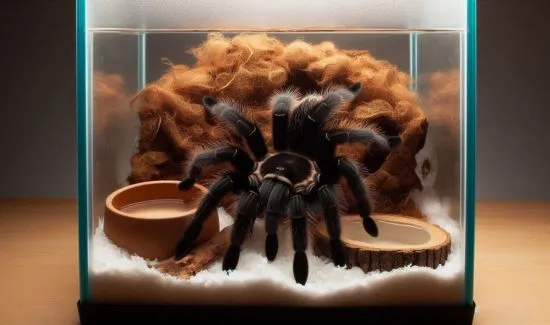
Regular maintenance and cleaning are essential to keep your tarantula’s habitat clean, healthy, and conducive to its well-being. This section describes the regular cleaning and maintenance routine necessary to ensure a healthy habitat. Routine maintenance will keep your tarantula happy and healthy.
Regular Tank Cleaning Schedule
Establish a regular cleaning schedule to remove waste and maintain a healthy environment. Spot-clean the tank weekly to remove any uneaten food, shed exoskeletons, or waste. This prevents the buildup of bacteria and odors. Clean the water dish daily, ensuring fresh water is always available. A full substrate change is typically required every six to twelve months, depending on the tank size and the species. This will ensure that the tank remains clean.
Replacing Substrate and Decorations
When replacing the substrate, carefully remove the tarantula and place it in a temporary, secure container. Discard the old substrate and thoroughly clean the tank with warm water and a mild soap. Rinse the tank well to remove any soap residue. Replace the substrate with fresh material and return the decorations to their original positions. Inspect decorations for wear and tear and replace them as needed. Keeping your tarantula’s tank in good shape is the most important part of maintenance.
